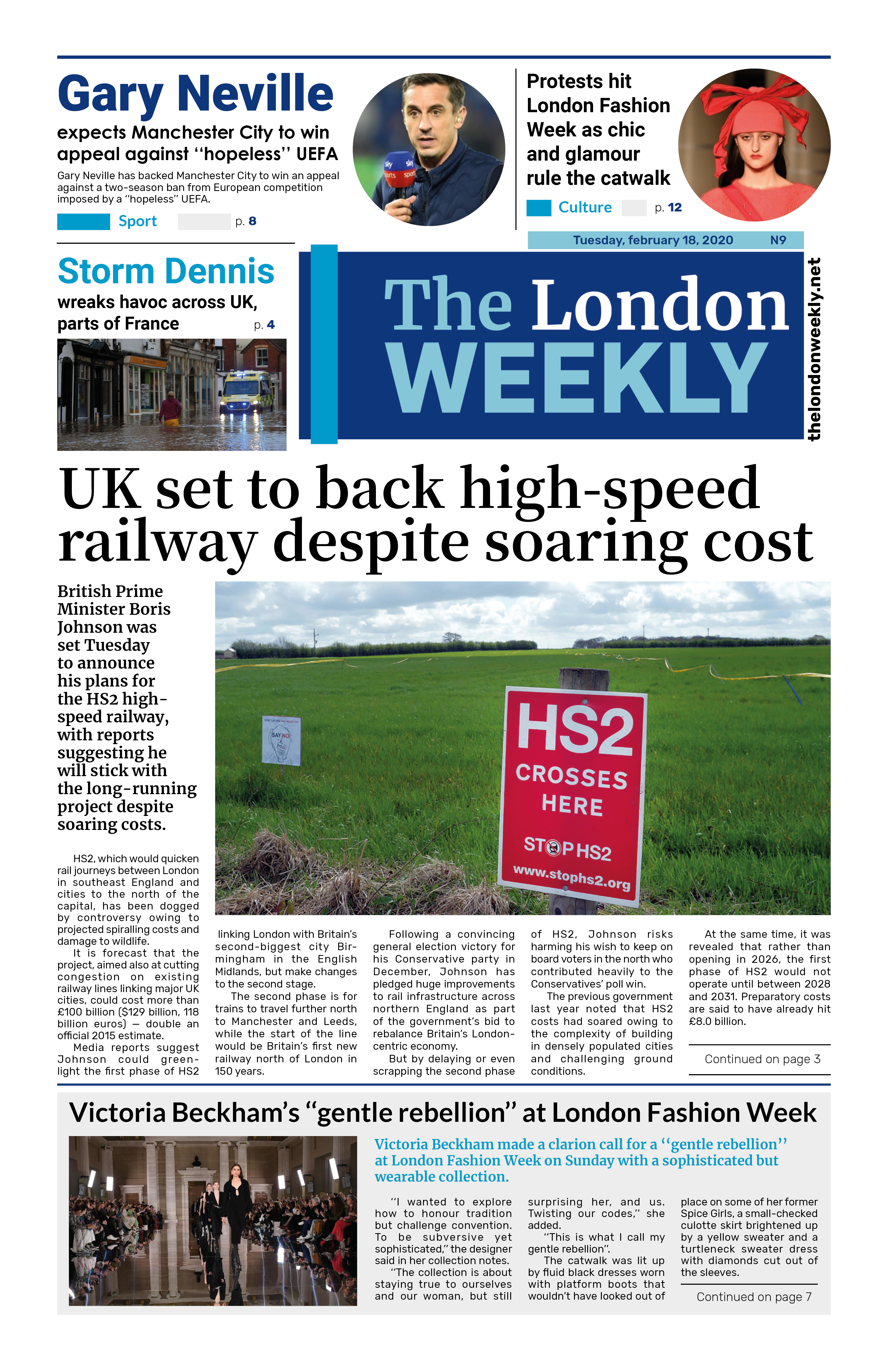
Marking four decades of European cooperation, the Schengen Agreement—signed on June 14, 1985—continues to shape a continent without internal borders.
Forty years ago in the small Luxembourg town of Schengen, five European countries—Germany, France, the Netherlands, Belgium, and Luxembourg—signed a historic agreement to gradually eliminate internal border checks. Though the agreement was signed in 1985, it only came into full effect in March 1995.
Today, the Schengen Area spans 29 countries and encompasses more than 450 million people. Each day, around 3.5 million individuals cross internal borders freely, highlighting the profound impact of the agreement on daily life and cross-border mobility in Europe.
Switzerland’s role in Schengen
Switzerland joined the Schengen Area through the Bilateral Agreements II and has been part of the border-free zone since December 12, 2008. By March 2009, passport controls were also lifted at Swiss airports for flights within the Schengen Area.
However, the Schengen rules allow temporary reintroduction of internal border controls in cases of serious security threats. The European Commission stresses that such measures must be used only as a last resort and must be proportionate.
A pandemic legacy and ongoing controls
Temporary border controls became widespread during the Covid-19 pandemic. Although the health crisis has subsided, many of these measures remain in place. Currently, 11 Schengen countries—including all of Switzerland’s neighbors—still enforce some form of internal border checks. Notably, Austria and Italy do not control their borders with Switzerland, whereas Germany's controls have recently drawn criticism from Swiss authorities.
The justification often cited for these controls is the "high level of irregular migration."
Focus shifting to external borders
To restore full freedom of movement within the Schengen Zone, a stronger focus on securing the area’s external borders is essential, according to the latest Schengen report. The future lies in digitizing border control systems at the outer edges of the zone.
Switzerland, while not an EU member, is still legally bound by changes to the Schengen framework and participates in key ministerial discussions—though it does not have voting rights.
As the Schengen Area marks its 40th anniversary, the vision of a borderless Europe remains intact, though challenged, and continues to evolve in response to today’s political and security landscape. Photo by Cayambe, Wikimedia commons.







































